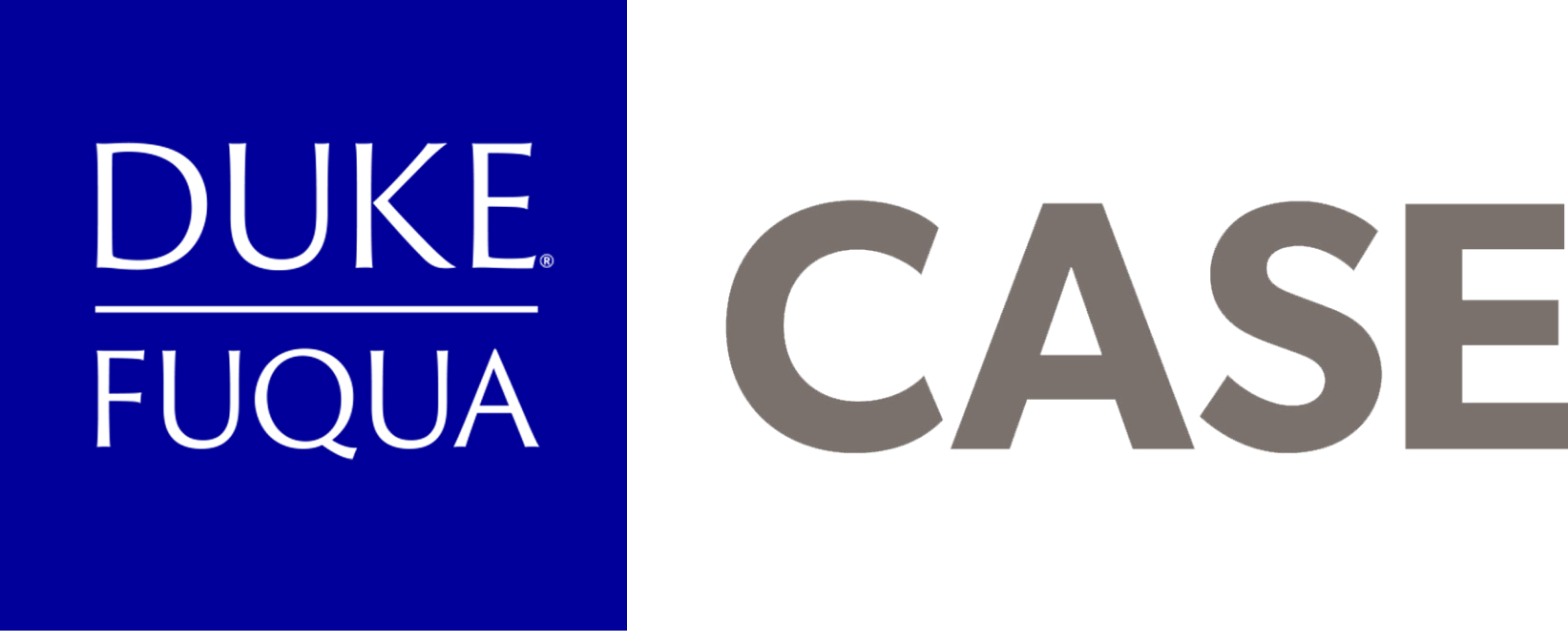
February 2020
When Ommeed Sathe, Vice President of Impact Investments at Prudential Financial, joined the Center for the Advancement of Social Entrepreneurship (CASE) at Duke University’s Fuqua School of Business on January 28 as part of the CASE Executive Speaker Series, the last thing anyone in the room of nearly 100 people expected was for him to start by comparing impact investing to Chinese food.
“Imagine you are at a Chinese restaurant where there are 600 things on the menu,” said Sathe. “Now, if you are a traditional investor, your job is to go in and pick the best thing on the menu. However, if you are an impact investor, like me and my team, you aren’t choosing from the menu at all – you’re going back into the kitchen to create completely new dishes and being innovative – you are the chef.”
Throughout the rest of the event, Sathe shared more about Prudential’s $1 billion commitment to impact investing, as well as his thoughts, questions, concerns and insights concerning the field. Here are three of the top takeaways:
1. Design impact investments by starting with creative problem-solving
At the event, Sathe said impact investing starts with the impact and not the investing. By this, he meant that he believes that the biggest component of impact investing is identifying why a particular impactful opportunity isn’t happening, possibly because structures aren’t in place to support it or because bias prevents others from identifying the opportunity, then coming up with creative and flexible investment solutions to allow it to happen. As a real-world example, Sathe shared that one of the clients that Prudential works with is the United Nations Children’s Fund (UNICEF), which currently delivers vaccines to over half of the world, thus requiring a very complex supply chain. As an entity of the United Nations, UNICEF is not legally allowed to borrow money, which creates challenges when there is a crisis and UNICEF can only spend what it has on hand from donors to respond. To help address this challenge, Sathe and his team at Prudential worked with several external stakeholders to create an investment structure that allowed UNICEF to work around this obstacle in a legal and efficient way. In other words, they designed the impact investment by collaborating creatively about how to solve the problem at hand.
2. Prioritize and balance flexibility with scale
While Sathe emphasized the importance of finding flexible solutions to problems at hand, he also cautioned that flexibility is hard to maintain as the scale of investments increase. He stressed that, just because you do more of something does not mean that it is more effective or will bring about change. For example, he mentioned that, as the impact investing field grows, it will be pushed more and more into traditional and conventional measurement frameworks, especially because bigger companies have less of a desire to do small and complicated work. However, the measurement units for a successful impact investment are not the same as those for traditional capital, which could lead to inefficiency or misalignment as organizations put more impact investing dollars to work. In fact, he said, currently, data shows that smaller impact investment funds are performing better because they have more flexibility to find leverage points and apply the right amount of capital at the right time to address a challenge.
3. Recognize that motivation for charitable giving may look different than investing for impact
Sathe said that one of his biggest questions is, “why aren’t there more companies doing impact investing?” He said that Prudential’s location in Newark, New Jersey has helped drive support for the $1 billion impact investment commitment among the board and staff because they see the realities of economic inequality and biases every day in their local community. He raised challenges to advisor networks and other types of organizations adopting impact investing as part of their normal operations. For example, he pointed out that the way that people give to charity is often very different than the way that people invest their money. For charity, people tend to care about one or two issues deeply and want to see the impact of their giving in those areas. However, in investing, people often look to spread their capital across a number of investment activities. As a result, Sathe asked, how do you sell a mutual fund with 16 different social or environmental causes and 64 different objectives to someone, given that the impact is going to be hard to demonstrate?
Want to learn more? Check out the CASE in Point podcast with Ommeed Sathe, which dives deeper into all of these highlights and more!

